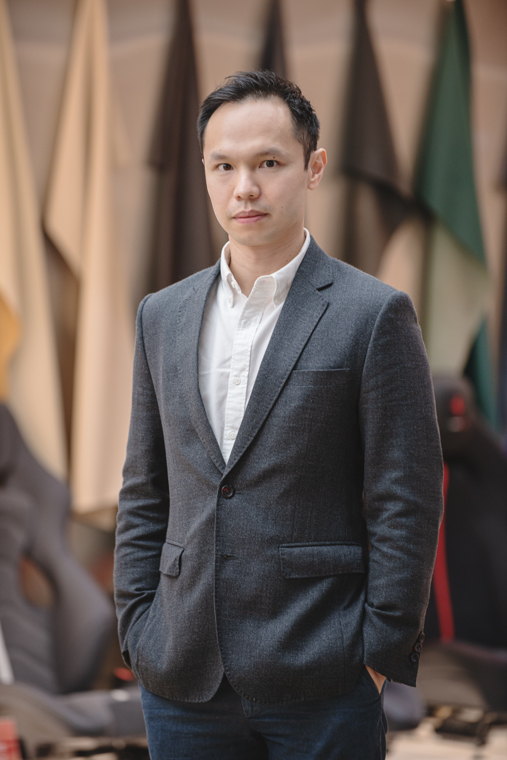 Kelvin Lee, Co-founder and CEO, Fundnel
Kelvin Lee, Co-founder and CEO, Fundnel
Kelvin Lee, Co-founder and CEO, Fundnel
Face-to-face conversations with founders and investors came to an abrupt halt but did not disrupt our business activities. The pandemic ended up becoming a testament to our value proposition — by capitalising on data and technology, we disrupted and leapfrogged the traditional investment banking model for greater efficiencies in deal-making.
On Investments in Tech
Southeast Asia is riding a wave of digitization, accelerated by the pandemic. We are seeing increased interest within our investor network in a range of fintech solutions, from payments to investment tech, and cryptocurrencies. This is in parallel with findings in the ecosystem, where over 80 per cent of VC funds deployed to internet and technology solutions, with the fintech sector receiving the most investments across the region. This is driven by the convergence of three core elements: a boom in the Southeast Asian digital economy with 70 million shoppers coming online in 2020; increased consumer demand for accessible financial services; and the emergence of digital financial services supporting the broader e-commerce and digital ecosystem such as SME digital enablers. As the fintech ecosystem continues to mature, I foresee more late-stage and secondary transactions starting to emerge as the growth in new fintech companies start to taper off either from consolidation or robust competition creating a higher barrier of entry for new entrants.
(Related: Outlook 2022 Part 1)
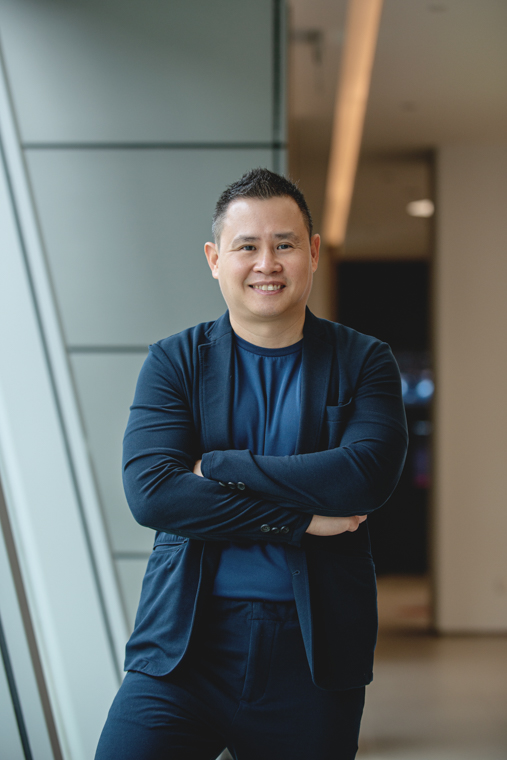 Ken Chee, Co-Founder & CEO, 8VI Holdings Ltd
Ken Chee, Co-Founder & CEO, 8VI Holdings Ltd
Ken Chee, Co-Founder & CEO, 8VI Holdings Ltd
Our long-term strategy had always been to gradually transition our offerings to an online platform. With multi-country lockdowns and disruptions from COVID-19, we expedited our transformation plan and shifted online swiftly, which provided business continuity and allowed us to reach more customers while scaling our business exponentially.
On the Future of Work
While technology is here to enable remote working to be effective and productive, the new workplace following the pandemic will reflect a mindset shift which caters to flexibility that has otherwise not been thought of as practicable before. Workplaces will become more highly skilled; a typical worker becomes a knowledge worker—when and where work is done is less of a concern. Having remote working become mainstream, businesses can now attract talent globally where location is no longer a limiting factor. Offices will be redesigned and reimagined for an uncertain future. At 8VI, our hybrid working model allows flexibility for focused work to be done at home and offices become open spaces for collaboration and innovation. Immersive remote working will be made possible with technology such as virtual reality. We will be watching Facebook’s Horizon Workrooms closely.
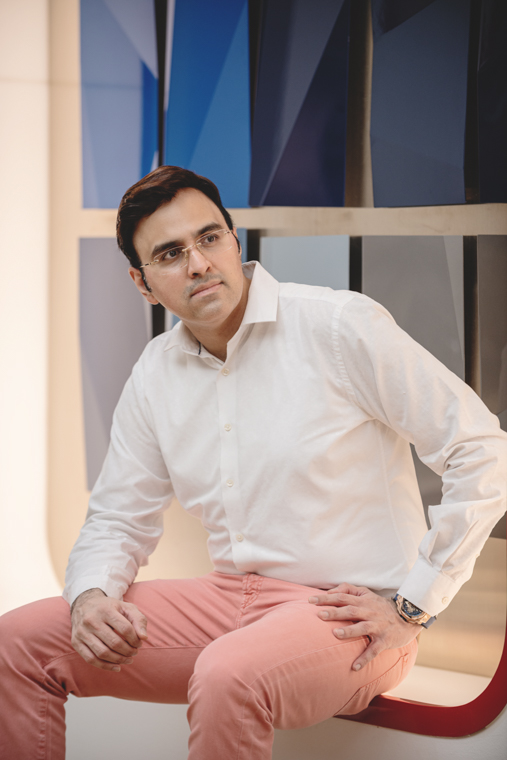 Kunal Chowdhry, CEO, Apollo Singapore Investments Pte Ltd
Kunal Chowdhry, CEO, Apollo Singapore Investments Pte Ltd
Kunal Chowdhry, CEO, Apollo Singapore Investments Pte Ltd
The mental health challenges that resulted from enforced global lockdowns impacted almost every aspect of my business. From employees whose engagement dropped precipitously as lockdowns wore on to founders of investee companies whose plans were disrupted as the pandemic upended revenue forecasts and fund-raising plans, I responded by ensuring that they had access to mental health professionals and organising ‘check-in’ sessions with them on a regular basis to enquire about their well-being.
On HR Tech
It is no longer feasible for companies to have one HR manager in charge of 500 employees. The pandemic necessitated personalized attention to employees to ensure they have all the tools to help address any emotional challenges. I see significant funding in the area of HR technology. From HR tech start-ups looking at measuring employee engagement, mental well-being, diversity and inclusion, to others providing enhanced benefits to employees such as payday loans at significantly reduced rates, the amount of venture capital being invested in this space is going to increase exponentially over the next few years. People are the most important asset of any organization; companies that fail to look after their people effectively under this new paradigm shift are going to lose their most valuable assets.
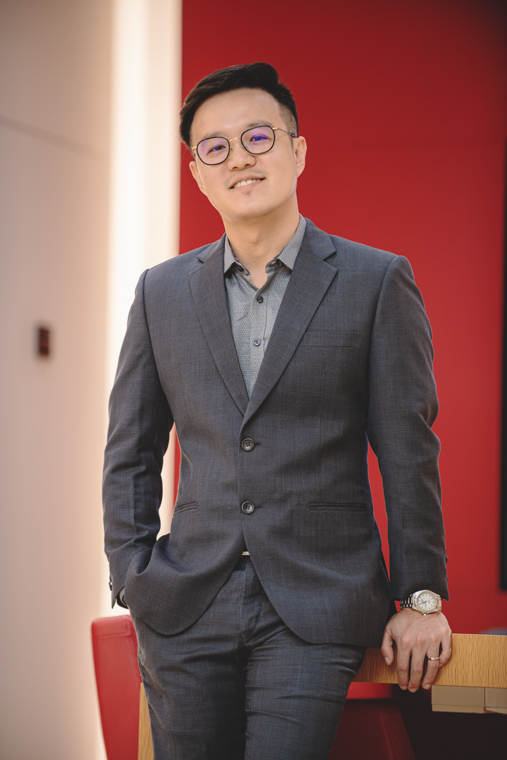 Assist Prof Yie Hou Lee, Scientific Director CAMP Interdisciplinary Research Group, SMART
Assist Prof Yie Hou Lee, Scientific Director CAMP Interdisciplinary Research Group, SMART
Assist Prof Yie Hou Lee, Scientific Director CAMP Interdisciplinary Research Group, SMART
The pandemic placed restricted access to biomanufacturing sites and conferences where, under normal circumstances, physical attendance greatly adds to the team’s manufacturing and scientific exposure. In place, a slew of online webinars, lectures and a developed MIT edX course on cell therapy manufacturing kept our researchers up to date with developments in cell therapy manufacturing.
On Personalized Medicine
Cell therapy products are either allogenic (derived from donors) or autologous (patient-specific, personalized medicine). Autologous cell therapies, although expensive, are likely to remain prominent in the near future due to biological and clinical advantages. Therefore, making autologous cell therapies more cost-effective is an urgent unmet need. Leveraging a closed microbioreactor developed in Massachusetts Institute of Technology, we are now developing CAR-T manufacturing processes and protocols that enable continuous culture of high-density CAR-T cell production. The small culture volume, high-density production, and scaling-out capability enable shorten manufacturing duration, which translates into reduced overall costs. The adoption of these novel microbioreactors and processes will increase patient access to autologous CAR-T therapy.
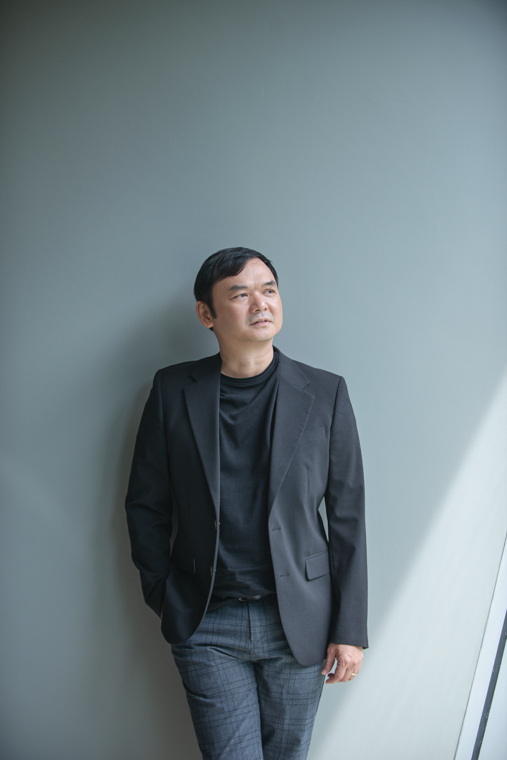 Low Eng Teong, Deputy CEO (Sector Development), National Arts Council
Low Eng Teong, Deputy CEO (Sector Development), National Arts Council
Low Eng Teong, Deputy CEO (Sector Development), National Arts Council
The disruption deeply impacted the arts scene, especially performing arts. Live performances were cancelled or postponed; we hear the concerns and challenges faced by artists and arts companies. However, with various national-level support schemes and grants from the Ministry of Culture, Community and Youth and the National Arts Council, we witnessed the tenacity and creativity of our arts community getting back on its feet again.
On Transformative Art
With the acceleration of digitalization and cross-border exchanges these past two years, we have seen our artists and institutions successfully connect with Singaporeans and the world through fresh offerings. Upskilling, collaboration and innovative transformation are key in adapting to this so-called ‘new normal’. People not only expect quality arts programs, but also look for transformative arts experiences. The recent launch of the Mind Art Experiential Lab is a good example of finding intersections in art, mental health, and psychology. The proliferation of pandemic-related content during this time demonstrates how the arts will continue to be a critical mode of expression, and how we reflect and respond to our changing realities. As NAC commemorates 30 years of growing our arts scene with our arts community, the power of the arts in connecting people is stronger than ever.
Mike Amour, Co-Founder & Partner, _2025
The one major challenge? Helping businesses take the long view reflecting that we are now witnessing the dawn of the Sustainable Age. How respond to it? Helping businesses take a positive view and a disciplined strategic framework to simplify the complex and improve decision-making.
On Effecting Sustainable Change
The f-word—fragmentation—will gain power, empowering creativity, cross-cultural interaction, and like-mindedness. Just as cross-cultural interaction fuels creativity, multi-disciplinary solutions that bring different specialisms together can lead to transformative solutions. To effect sustainable change, leaders recognize that excellent execution comes from disciplined strategic thinking. Every decision they make today has an impact on their preparedness for the opportunities that will emerge by 2025. Or to put it another way: the best way to imagine the future is to create it.
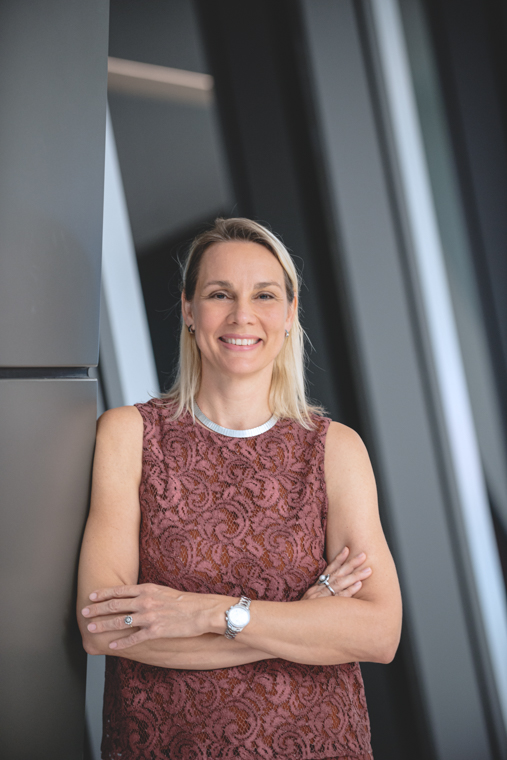 Myra Eskes, President Asia Pacific, Smith+Nephew
Myra Eskes, President Asia Pacific, Smith+Nephew
Myra Eskes, President Asia Pacific, Smith+Nephew
The pandemic has challenged our business immensely as we’ve always interacted with surgeons face-to-face and supported them in operating theaters. We had to accelerate the development of virtual training for medical education and noticed a very high user adoption rate—a change that could otherwise have taken years.
On Accelerating Global Collaboration
Using digital and technological advancements to train surgeons on new medical technologies will provide remote learning access and accelerate regional and global collaboration. Prior to the pandemic, training would primarily have taken place in a laboratory with surgeons traveling to a designated center from all over the world. Augmented and virtual reality simulating the operating theater environment, haptic technology, and bespoke digital apps integrating all aspects of the surgeon’s learning journey will be critical elements of learning surgical procedures in a very realistic way. We will continue to see these technologies and even newer ones evolving rapidly, spreading the reach to include remote locations and making medical education easily accessible to ensure the best patient outcomes.
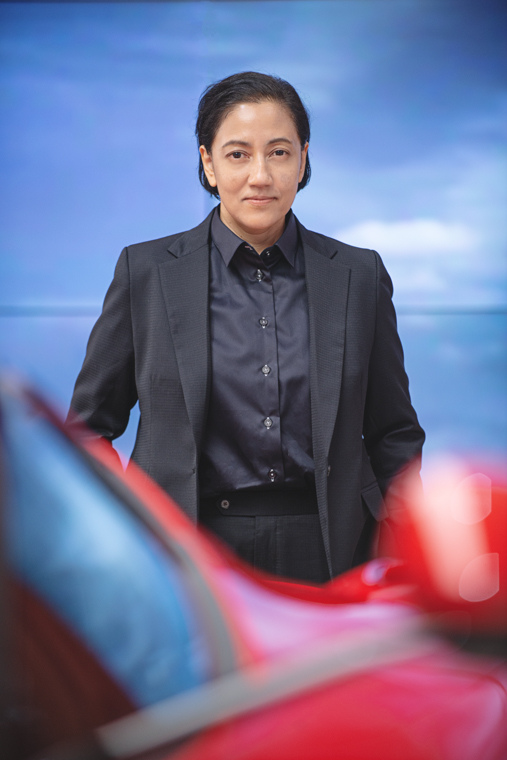 Natalie Hennedige, Festival Director, Singapore International Festival of Arts, Arts House Ltd
Natalie Hennedige, Festival Director, Singapore International Festival of Arts, Arts House Ltd
Natalie Hennedige, Festival Director, Singapore International Festival of Arts, Arts House Ltd
Creation begins with an empty stage. Virtually, you can also define an empty stage as a portal for inspired artistic creation. For me it was about essentializing a new imagination for the Singapore International Festival of Arts’ online presence such that when the pandemic abates, the vitality of this online space is still desired and relevant.
On Art in the Digital Space
Moving forward, we need to mine the digital space creatively because the possibilities are
almost as vast as the physical universe. It’s important to also remember that the most enduring artistic creation is both timeless and of the moment, at once. Art carries a kind of prophetic quality. It can embody and tell us things about the past, present and future. Arts & culture institutions need to be bold and progressive entities enabling diverse, committed, passionate artists and creatives to unleash creative potential whether their medium is the human body or robotics. Some artists have dedicated a lifetime to honing their vocal instrument, others have been experimenting in computational art, gaming technology and artificial intelligence for years, way before the pandemic. It’s about creating platforms for creative energies to meet and break new ground in the polydynamic and universal language of art.
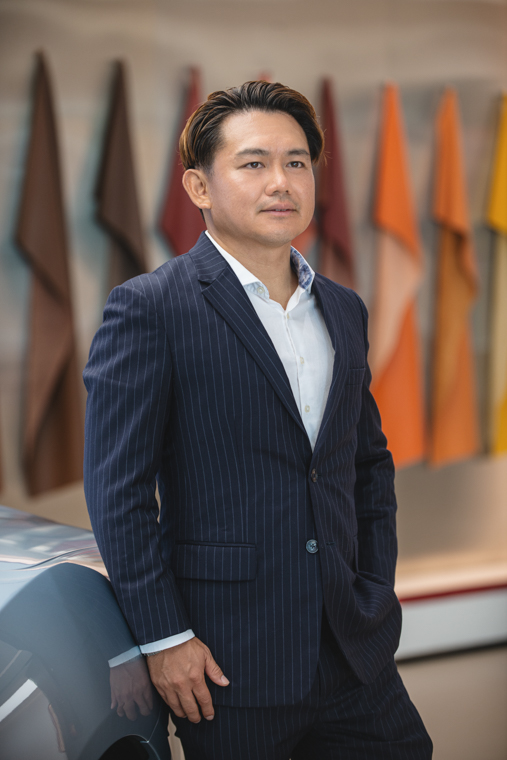
Nicholas Goh, Founder & Group CEO, Verztec Consulting Pte Ltd
As many of our clients in hospitality and aviation were badly hit, our business contracts and payments were affected. To help our clients tide over their difficulties, we continued to support their on-going projects, and extended the payment terms. We believe that small gestures such as these go a long way.
On New Uses of Tech
Corporate training has gone digital. Traditional programs for new employees are increasingly being digitized through a series of curated digital training programs, supported by a plethora of digital knowledge references for their first 100 days, to get them up to speed with their peers and perform their jobs to the optimum potential. Some of these are video-based training programs delivered in various languages to cater to employees of different cultures, nationalities and languages. Virtual meetings have become popular across industries leading to an increase in remote hiring. Teleconsultation has seen significant growth in medicine specially in countries where medical facilities are scarce. We will see more neutral network-driven autonomous technologies happening in the areas of public health and utilities, such as drone delivery of medical supplies.
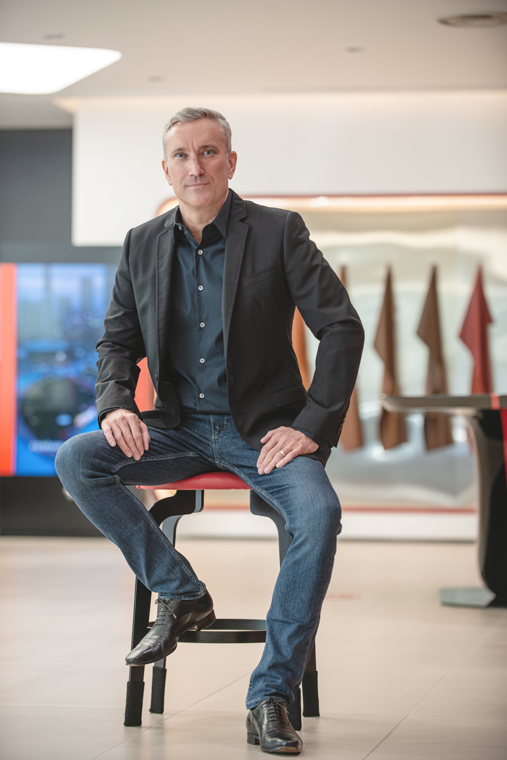 Nils Michaelis, President, COO & Head of M&A, Fat Projects Acquisition Corporation
Nils Michaelis, President, COO & Head of M&A, Fat Projects Acquisition Corporation
Nils Michaelis, President, COO & Head of M&A, Fat Projects Acquisition Corporation
Meeting clients and teams was always a key element of successful advisory and ventures. Without in-person meetings it seemed progress would slow down. Yet, most quickly we adjusted to video calls and made it effective. The biggest ‘innovation’ was our ability to adjust to a ‘new normal’. We have been shopping online, communicating over digital channels, engaging with business and governments for a good 20 years, but the pandemic made us adopt these practices much faster than imagined.
On SPAC
We have seen an astonishing evolution in the way companies bridge the sometimes long and strenuous journey between early-stage financing and going public to accelerate their growth and global expansion. With lockdowns and less travel came the opportunity for senior leaders with significant experience to explore building Special Purpose Acquisition Company (SPAC) teams to support successful start-ups, not just with funding but also through time investment, dedication, and networks to provide mentoring and access to markets. With Singapore actively supporting the listing of SPACs, I am confident that we will see many companies strive and succeed faster, and help the world drive more innovation, especially in areas and industries that may be less well understood and valued by traditional funding and listing approaches—deep tech, bio tech, and ESG related businesses. Great SPAC teams will make a big difference in 2022.
Shot on location at Ferrari Singapore (Ital Auto Pte Lted)
30 Leng Kee Road, Singapore, 159100







 Kelvin Lee, Co-founder and CEO, Fundnel
Kelvin Lee, Co-founder and CEO, Fundnel
 Ken Chee, Co-Founder & CEO, 8VI Holdings Ltd
Ken Chee, Co-Founder & CEO, 8VI Holdings Ltd
 Kunal Chowdhry, CEO, Apollo Singapore Investments Pte Ltd
Kunal Chowdhry, CEO, Apollo Singapore Investments Pte Ltd
 Assist Prof Yie Hou Lee, Scientific Director CAMP Interdisciplinary Research Group, SMART
Assist Prof Yie Hou Lee, Scientific Director CAMP Interdisciplinary Research Group, SMART
 Low Eng Teong, Deputy CEO (Sector Development), National Arts Council
Low Eng Teong, Deputy CEO (Sector Development), National Arts Council
 Myra Eskes, President Asia Pacific, Smith+Nephew
Myra Eskes, President Asia Pacific, Smith+Nephew
 Natalie Hennedige, Festival Director, Singapore International Festival of Arts, Arts House Ltd
Natalie Hennedige, Festival Director, Singapore International Festival of Arts, Arts House Ltd

 Nils Michaelis, President, COO & Head of M&A, Fat Projects Acquisition Corporation
Nils Michaelis, President, COO & Head of M&A, Fat Projects Acquisition Corporation

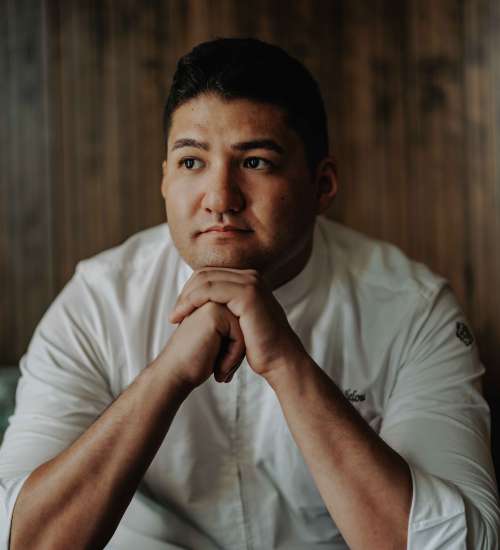
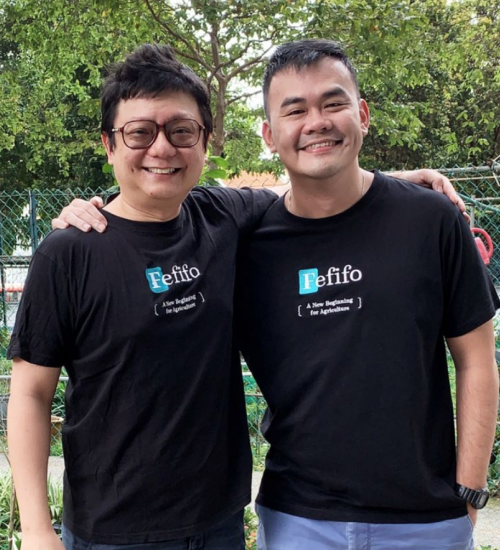

 Back
Back
